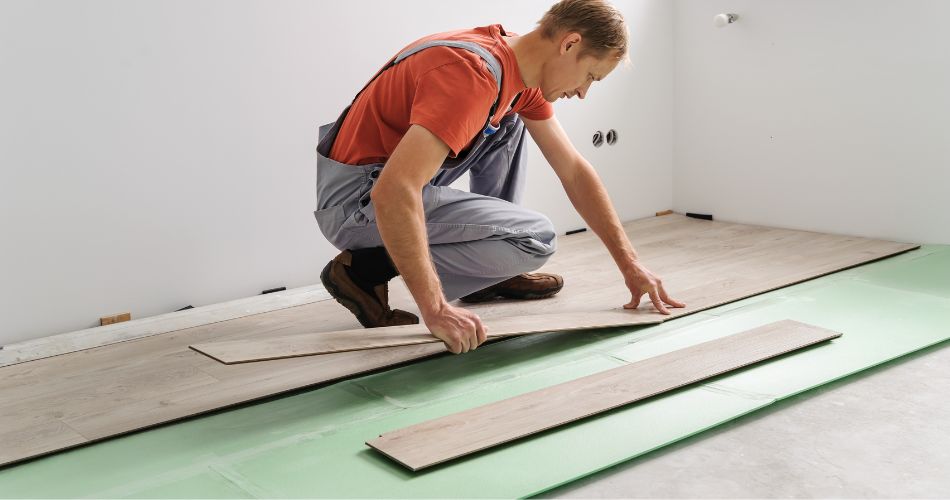Welcome to the ultimate guide choosing the best underlayment for vinyl plank flooring! Whether you’re a seasoned DIY enthusiast or a first-time homeowner, finding the right underlayment can make all the difference in the performance and longevity of your vinyl flooring. In this comprehensive guide, we’ll explore everything you need to know about underlayment for vinyl plank flooring, helping you make an informed decision for your next project.
We’ll dive into the various types of underlayment available, discussing their unique features and benefits. From felt underlayment to cork and foam options, we’ll examine their noise reduction capabilities, moisture resistance, and thermal insulation properties. You’ll also learn how the underlayment can affect the sound and feel of your vinyl flooring, making it comfortable and enjoyable underfoot.
Furthermore, we’ll provide expert tips on installation, helping you avoid common pitfalls and achieve a flawless result. We’ll also address frequently asked questions, such as underlayment compatibility with radiant heating systems and concrete subfloors.
Don’t settle for subpar underlayment – join us as we explore the world of vinyl plank flooring underlayment and find the perfect match for your needs.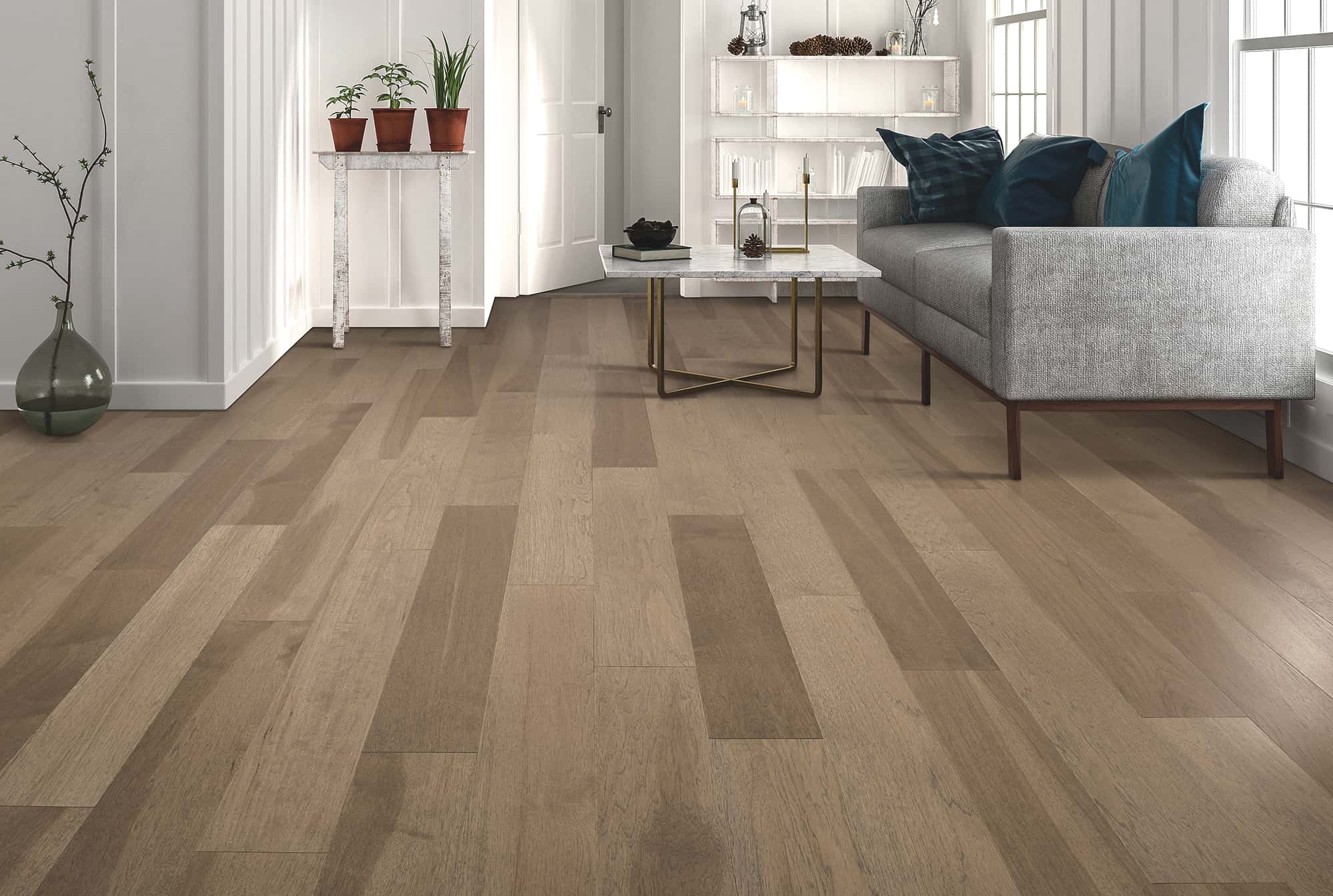
Importance of Underlayment for Vinyl Plank Flooring
When it comes to vinyl plank flooring, underlayment plays a crucial role in enhancing the overall performance and durability of your floors. It provides a smooth and stable surface for the vinyl planks to adhere to, minimizing the risk of shifting or buckling. Additionally, underlayment helps to reduce noise transmission, improve thermal insulation, and protect against moisture.
One of the primary benefits of underlayment is its ability to reduce noise levels. Vinyl plank flooring can sometimes produce a hollow or echoing sound when walked upon. By adding an underlayment with soundproofing properties, you can significantly diminish noise and create a more pleasant and peaceful living environment.
Moisture resistance is another critical consideration when choosing underlayment. Vinyl plank flooring is highly resistant to water, but moisture can still seep through the seams and affect the subfloor. A proper underlayment with moisture barrier properties will help prevent any moisture-related issues, such as mold or mildew growth, and keep your floors in top condition.

Types of Underlayment for Vinyl Plank Flooring
There are several types of underlayment available for vinyl plank flooring, each with its own unique set of features and benefits. The most common options include felt underlayment, cork underlayment, and foam underlayment. Let’s take a closer look at each of them:
Felt Underlayment
Felt underlayment is a popular choice for vinyl plank flooring due to its affordability and ease of installation. It is made from recycled materials and offers excellent noise reduction properties. Felt underlayment also provides a slight cushioning effect, making your floors more comfortable underfoot. However, it may not offer as much moisture resistance as other types of underlayment.
Cork Underlayment
Cork underlayment is a natural and environmentally friendly option that offers excellent soundproofing and thermal insulation properties. It is resistant to mold, mildew, and pests, making it a durable choice for vinyl plank flooring. Cork underlayment also provides a comfortable and cushioned feel underfoot. However, it tends to be more expensive than other types of underlayment.
Foam Underlayment
Foam underlayment is known for its superior noise reduction capabilities. It is available in various thicknesses and densities, allowing you to customize the level of sound insulation you desire. Foam underlayment also provides good moisture resistance and thermal insulation. However, it may not offer as much support as other types of underlayment, particularly in areas with heavy foot traffic.

Moisture and Soundproofing Considerations – IIC, STC and Delta Ratings Explained
Moisture resistance and soundproofing are essential factors to consider when choosing underlayment for vinyl plank flooring. Moisture can seep through the seams of vinyl planks and damage the subfloor over time. Therefore, it is crucial to select an underlayment with a moisture barrier or built-in vapour barrier to protect against any potential moisture-related issues.
Soundproofing is another critical consideration, especially if you live in a multi-story building or have high foot traffic areas in your home. A good underlayment with sound reduction properties will absorb impact noise and prevent sound transmission between floors. This will help create a quieter and more peaceful living environment.
When evaluating different underlayment options, look for products with high IIC (Impact Insulation Class) and STC (Sound Transmission Class) ratings. These ratings indicate the underlayment’s ability to reduce impact noise and airborne sound transmission, respectively. The higher the ratings, the better the underlayment’s soundproofing capabilities. However, when Delta and HIIC ratings as well as IIC and STC are provided it creates a more complete picture and accurate reflection of testing. This is after numerous discussions with 3rd party testing facilities such as Intertek.
“Delta IIC is the best rating to consider when comparing the impact sound performance of different materials as it doesn’t allow for misleading results…” – ARC Acoustics
“The Delta IIC rating is the best sound rating to consider when comparing the performance of different types of underlayment. It keeps the manufacturers from promoting misleading results obtained by using materials or methods of isolation that the average assembly does not use.” ISO Store
It can be difficult to find a product with all IIC, STC as well as Delta ratings. Whisper Walk provided by Jona Panel Sales Inc. has been tested and Delta is provided for a more complete picture.
Choosing the Right Underlayment Thickness
The thickness of the underlayment is an important consideration as it can impact the overall comfort and durability of your vinyl plank flooring. Thicker underlayment provides better cushioning and sound absorption, making your floors more comfortable to walk on. However, it is essential to ensure that the underlayment thickness does not exceed the manufacturer’s recommendations, as this can affect the stability of the flooring system.
Most vinyl plank flooring manufacturers specify the maximum allowable underlayment thickness, typically ranging from 1mm to 3mm. It is crucial to follow these guidelines to avoid voiding the warranty or causing damage to the flooring. If you require additional cushioning or soundproofing, consider using a higher density underlayment rather than increasing the thickness.
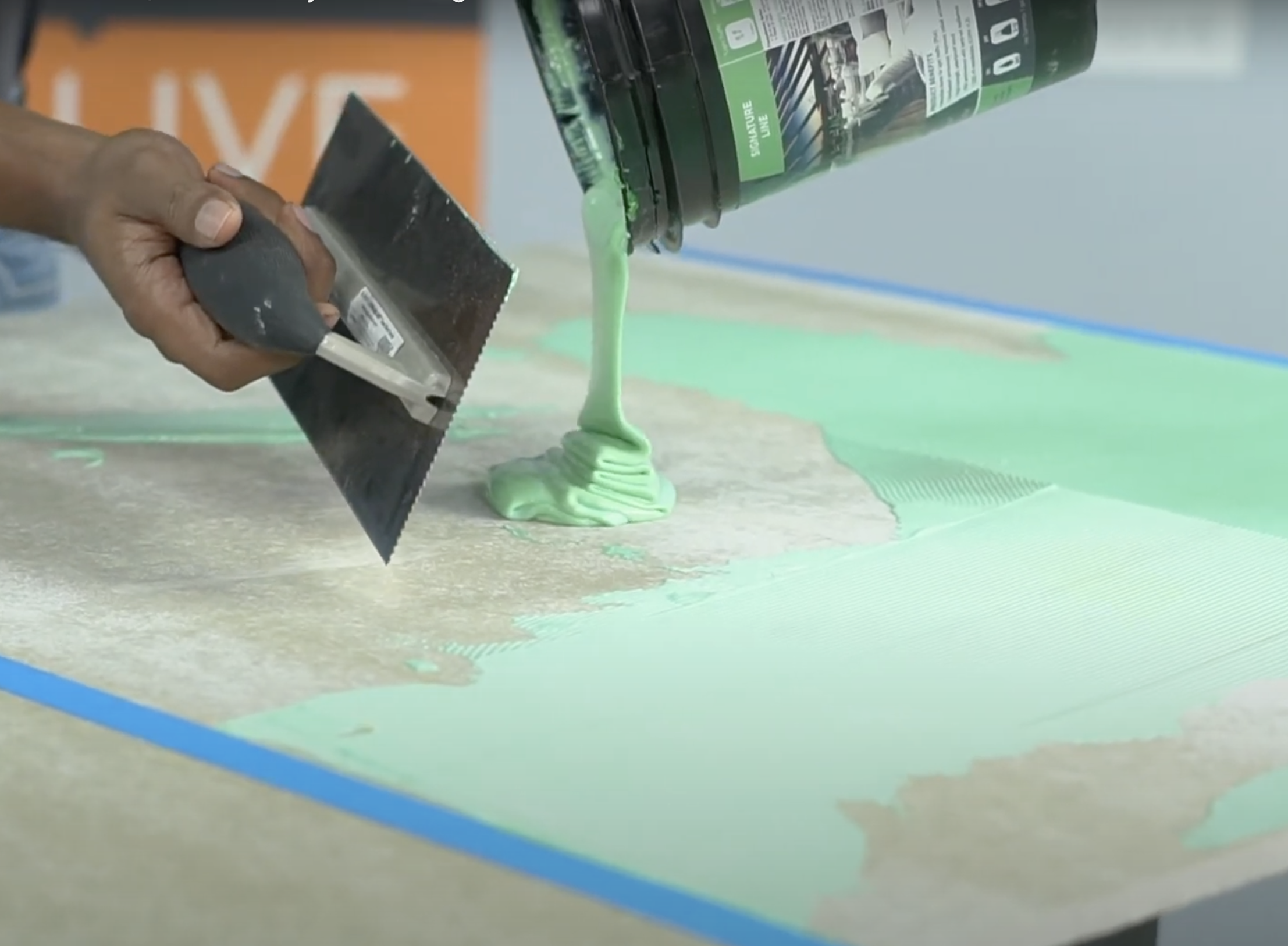
Installation Methods for Underlayment
Proper installation of underlayment is crucial to ensure the longevity and performance of your vinyl plank flooring. Always follow the instructions provided by the manufacturer. Here are some essential tips to consider when installing underlayment:
1. Start by thoroughly cleaning and preparing the subfloor. Remove any debris, dust, or adhesive remnants that may interfere with the underlayment’s adhesion.
2. If using a moisture barrier underlayment, ensure that the seams overlap by at least 6 inches and are properly sealed. This will prevent moisture from seeping through and damaging the subfloor.
3. When installing the underlayment, ensure that it is smooth and free of wrinkles or folds. Use a utility knife to trim the underlayment along the edges and around obstacles, such as door frames or vents.
4. If using foam underlayment, be mindful of the direction of the vapor barrier. It should face the subfloor to prevent moisture from migrating upward.
5. Follow the manufacturer’s instructions for adhesive application, if required. Use the recommended adhesive and apply it evenly to ensure proper bonding between the underlayment and subfloor.
Unsure which adhesive to use for your vinyl plank flooring installation? We have an app for that!
By following these installation tips, you can ensure a successful and long-lasting underlayment installation for your vinyl plank flooring.
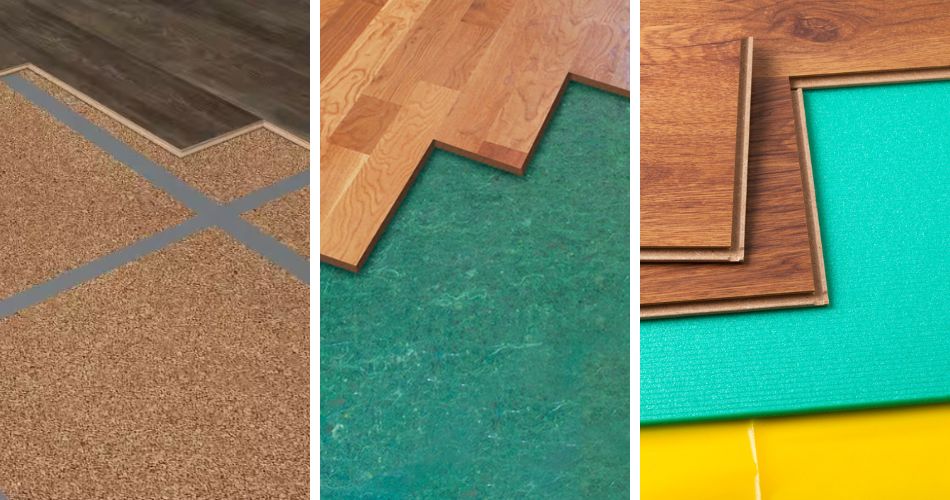
Comparing Different Underlayment Materials
Each type of underlayment material offers its own set of advantages and disadvantages. Let’s compare the different underlayment materials to help you make an informed decision:
Cork Underlayment
Advantages:
– Natural and environmentally friendly
– Excellent soundproofing and thermal insulation properties
– Resistant to mold, mildew, and pests
Disadvantages:
– More expensive option
– Limited availability
Felt Underlayment
Advantages:
– Affordable option
– Good noise reduction properties
– Slight cushioning effect
Disadvantages:
– May not offer as much moisture resistance
– Limited thermal insulation properties
Foam Underlayment – such as Whisper Walk 3100 F or Whisper Walk LVP & LVT
Advantages:
– Superior noise reduction capabilities
– Good moisture resistance and thermal insulation properties
– Available in various thicknesses and densities
Disadvantages:
– May not offer as much support in high foot traffic areas
– Can be more expensive compared to other options
Consider your specific needs, budget, and the characteristics of your living space when selecting the right underlayment material for your vinyl plank flooring.
Common Underlayment Mistakes to Avoid
While underlayment can greatly enhance the performance and durability of your vinyl plank flooring, there are some common mistakes that you should avoid:
1. Using the wrong type of underlayment: Ensure that the underlayment you choose is compatible with vinyl plank flooring and suitable for your specific needs.
2. Incorrect installation: Improper installation can lead to issues such as uneven flooring, moisture problems, or reduced soundproofing capabilities. Follow the manufacturer’s installation guidelines and seek professional assistance if needed.
3. Exceeding recommended thickness: Installing underlayment that exceeds the manufacturer’s recommendations can cause instability in the flooring system and void the warranty.
4. Neglecting moisture protection: If you have concerns about moisture, ensure that the underlayment you choose has adequate moisture resistance or consider using a separate moisture barrier.
By avoiding these common mistakes, you can ensure a successful underlayment installation and enjoy the full benefits of your vinyl plank flooring.
Underlayment Recommendations for Different Subfloor Types
The type of subfloor you have will also influence the underlayment material you choose. Here are some underlayment recommendations for different subfloor types:
Concrete Subfloors
– Felt underlayment: Suitable for concrete subfloors with good moisture resistance.
– Cork underlayment: Provides additional thermal insulation and soundproofing for concrete subfloors.
– Foam underlayment: Offers excellent moisture resistance and soundproofing properties for concrete subfloors.
Plywood or OSB Subfloors
– Felt underlayment: Affordable option for plywood or OSB subfloors.
– Cork underlayment: Provides additional cushioning and soundproofing for plywood or OSB subfloors.
– Foam underlayment: Offers excellent noise reduction and moisture resistance for plywood or OSB subfloors.
Consider the specific requirements of your subfloor and choose an underlayment material that best suits your needs.
Choosing the best underlayment for your vinyl plank flooring is a crucial step towards achieving a beautiful, comfortable, and long-lasting floor. By considering factors such as moisture resistance, soundproofing capabilities, and the specific requirements of your subfloor, you can make an informed decision.
Remember to evaluate different underlayment materials, compare their features and benefits, and select the right thickness for your needs. Proper installation is key to ensuring the underlayment’s effectiveness, so follow the manufacturer’s instructions and seek professional assistance if needed.
Investing in high-quality underlayment will pay off in the long run, providing you with a floor that not only looks great but also feels comfortable and performs exceptionally. So don’t settle for subpar underlayment – choose the best underlayment for your vinyl plank flooring and enjoy the benefits for years to come.
Thank you for joining us on this ultimate guide to choosing the best underlayment for vinyl plank flooring. We hope this comprehensive resource has provided you with valuable insights and guidance for your next flooring project.
Pin for later!
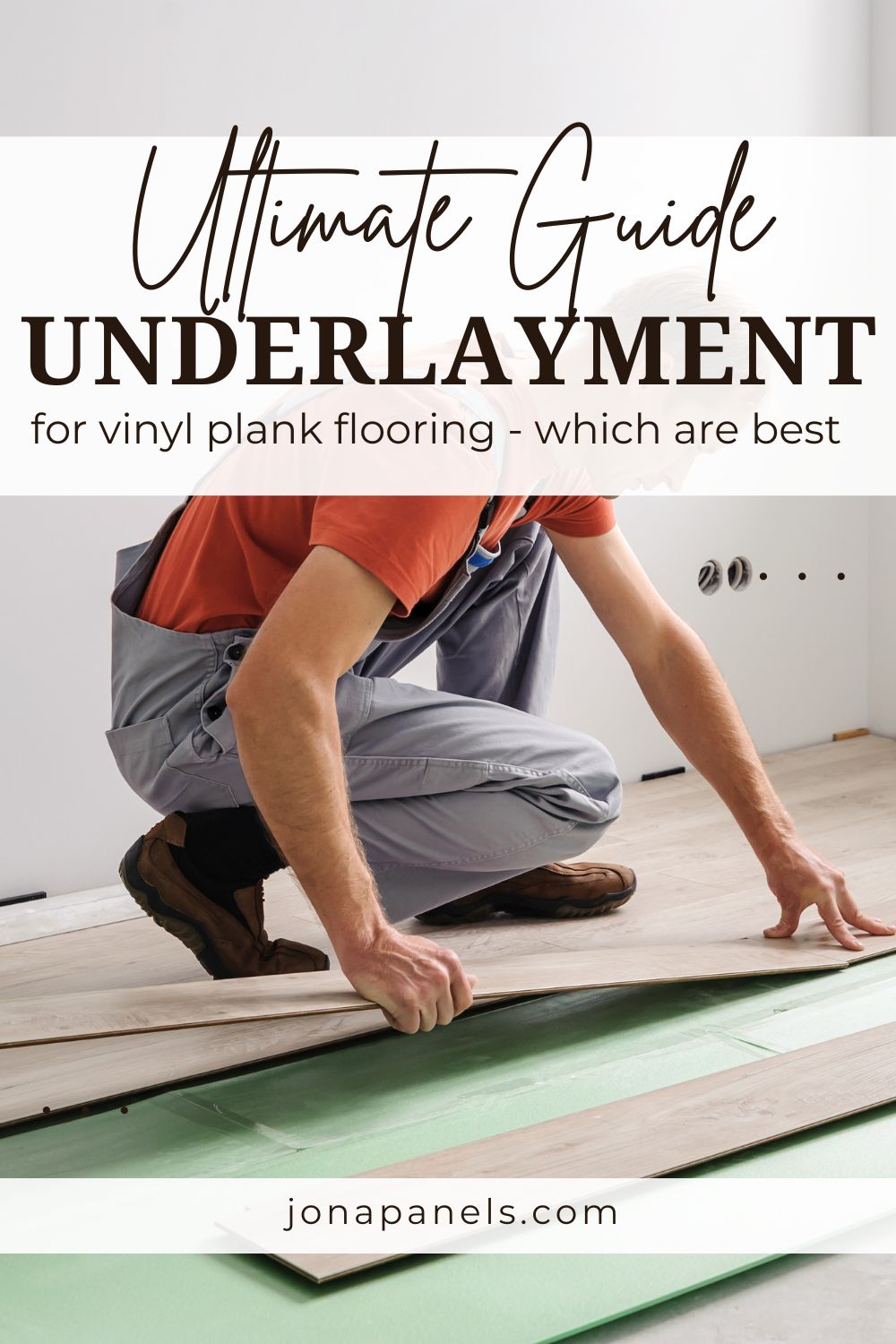 |
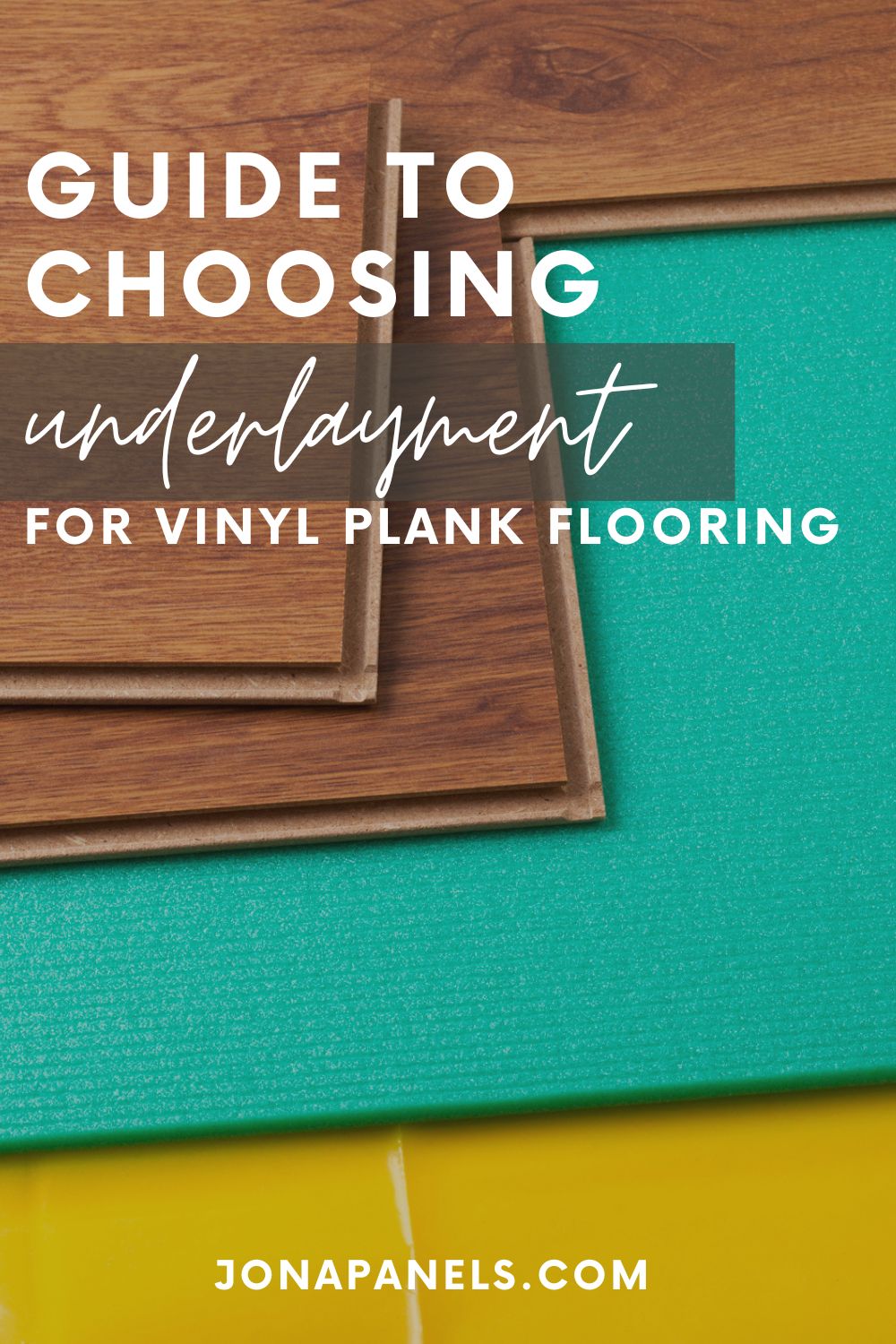 |
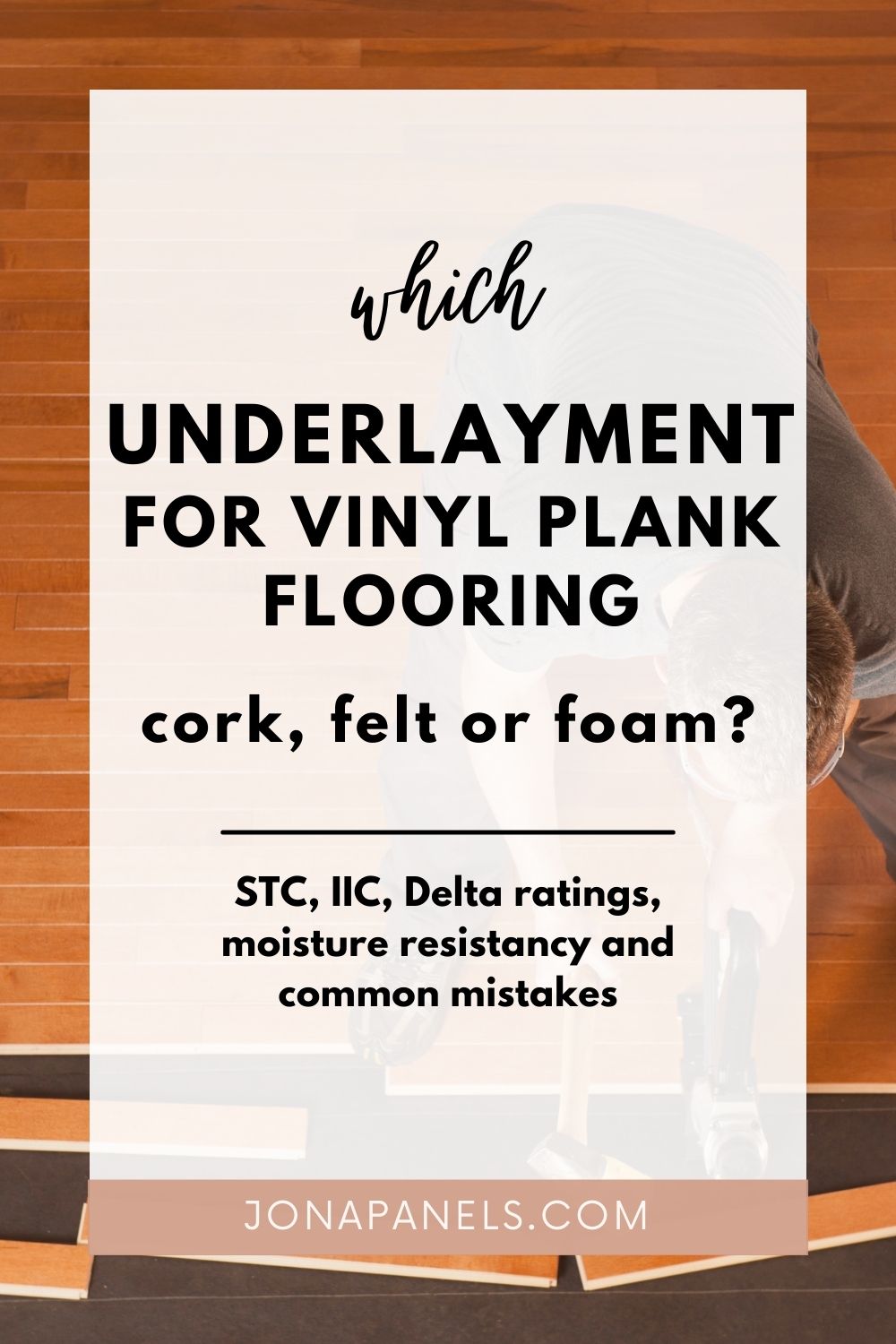 |

